Last autumn, French photographer and Leica Oskar Barnack Award 2016 finalist William Daniels (born 1977) was offered the opportunity to field-test the new Leica M10. His journey took him from the Romanian capital of Bucharest to the coast of the Black Sea, and up north to Romania’s second-largest city, Cluj-Napoca.
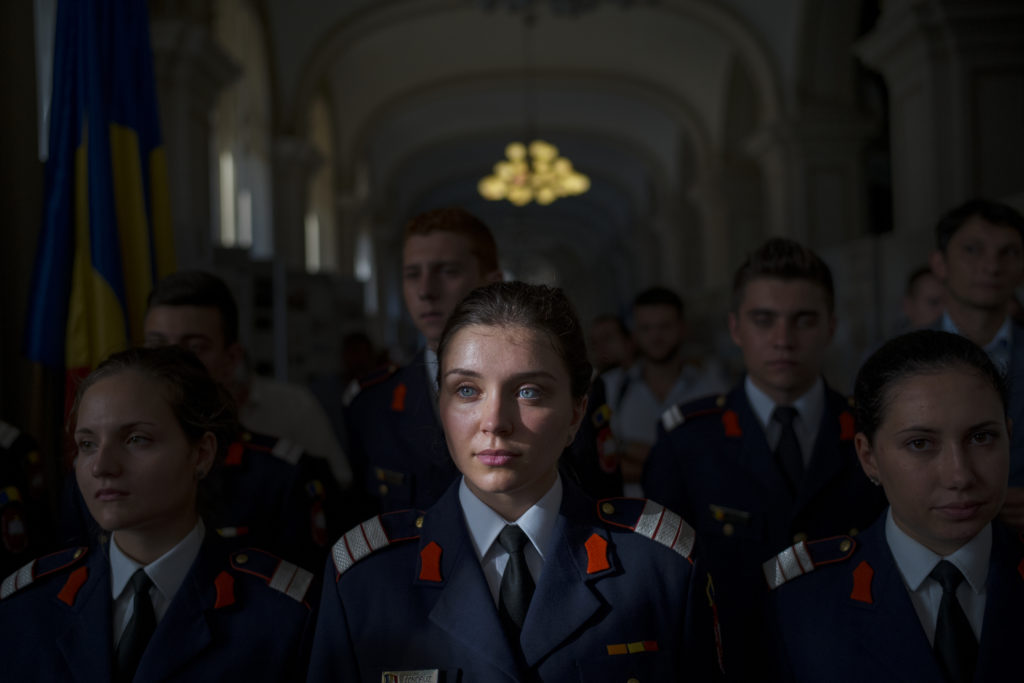
Mister Daniels, what made you decide to become a photographer, and what are your most predominant themes?
When I was in my mid-twenties, I travelled to Latin America and the Philippines, and started to take amateur photographs. On my return, I completed a one-year photography training in Paris, before going back to the Philippines to shoot my first professional story on street children in Manila. This story led to assignments for French publications such as Le Monde. I still do commissioned work for magazines, particularly the National Geographic, which in the past six months has taken me to the Democratic Republic of the Congo, Uganda and Pakistan. At the same time I also pursue my own independent projects. For example, I have visited the civil-war torn Central African Republic several times since 2013.
Does your approach vary depending on whether you are working on a magazine commission or shooting an independent project?
Not directly, and not while I’m shooting. But there are differences when it comes to the editing process. For my own projects, I tend to choose images with a more poetic, subjective visual language, while the magazine-selections are more based on factual and informative content.
You had a chance to try out the new Leica M10. With this camera, Leica have managed to create a digital M with the compact dimensions of analogue M models. What was your experience of handling the M10?
The smaller size and lower weight were a pleasant surprise! It almost felt like working with my old M6.
Where did you put the M10 to the test?
I took it with me to Romania – first to the capital city, Bucharest, then on to Constanta on the Black Sea coast, and finally up north to Cluj-Napoca, Romania’s second-largest city. I also spent a few days in the countryside near Rosia Montana.
Did the fact that you were field-testing a camera have any influence on the way your worked or the subjects you chose?
I wanted to shoot the way I normally would, and see what this new model had to offer. So I worked a lot in low light and with high ISO settings, and I was also interested in the performance of the buffer memory.
Looking at your body of work, it seems that you characteristically approach a topic by focusing on peripheral, sometimes incidental details. In doing so, you essentially encircle your chosen theme. This gives rise to a deeply associative collection of powerful single images, which in the viewer’s mind blend into one holistic, even poetic perspective of a phenomenon. The emphasis seems to be less on presenting a cohesive series, and more on creating an amalgamation of illusions which, in their entirety, transform into something completely new. Would you say this is a fair perception?
Yes, that describes it very well.
What was your approach during your travels in Romania?
I wanted to capture very personal pictures in the course of this journey. ‘Spontaneous impressions’ is probably the best way to describe it.
The operating concept of the Leica M10 has been re-designed, so that all crucial options are now available via three buttons and the ISO dial. How did you get on with this?
I really like this new design. In digital photography, you have to quickly and frequently access data to check your focus, exposure and so forth. Saving time when accessing these functions is very important to me. The monitor has also been improved. It’s great to be able to adjust the ISO settings without having to navigate a menu. In situations when I’m initially shooting outside and then enter a room with low light, I have to be able to change the ISO without losing much time. The new ISO dial makes this much easier.
The Leica M10 has a considerably greater ISO range than its predecessor. How did it perform in low-light situations?
Very well indeed. In fact this was one of the things I was really anticipating in a new M. During this field test, I regularly took interior shots at ISO 1600, and found the noise pattern very subtle. It also performed well at ISO 3200 – this is a setting you can use without any hesitation. At ISO 6400, noise becomes more noticeable, but is still very fine-grained. And this setting allowed me to take pictures that otherwise would not have been possible.
How do you like the colour rendering of the M10?
I think it’s great, and I can detect several improvements from the previous M. The colours look more natural, even when shooting in artificial light. For example, I photographed inside a nightclub and was amazed by the colour rendering.
You have mentioned the recording rate of the M10, which has increased to five frames per second thanks to the bigger buffer memory. How did this impact on your work?
The buffer is another aspect of the new model that I was really intrigued about. Digitisation has changed photographic practices. We generally shoot more frames, we multiply shots and approach the subject from various angles. So it’s important to be able to shoot several frames in very quick succession. I didn’t go up to the maximum speed of 5 frames per second, because this is not necessary in my particular work. But I was definitely impressed by the performance of the new buffer memory, which never seemed to lag.
 You don’t shy away from shooting hands-free with very long exposure times, risking camera shake and blur.
You don’t shy away from shooting hands-free with very long exposure times, risking camera shake and blur.
I really like the way this allows you to create an atmosphere. Especially with the Summilux lenses, you can achieve a fantastic effect.
In Romania you worked with the 35 and 50mm Summilux. Are they generally your lenses of choice?
I do really like these two lenses. For a long time, I only worked with the 35mm, but these days I also favour the 50mm, and sometimes the 28mm. They are simply excellent lenses that deliver absolute sharpness, even at the widest aperture.
Thank you William!
To know more about William Daniels, please visit his official website and follow him on Instagram and Twitter.
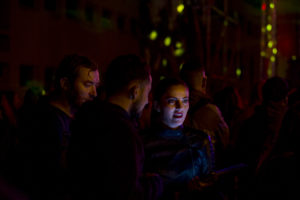
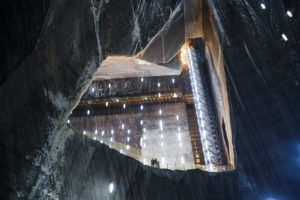
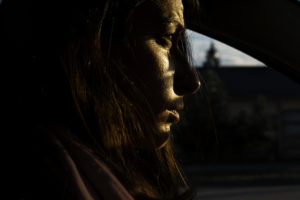
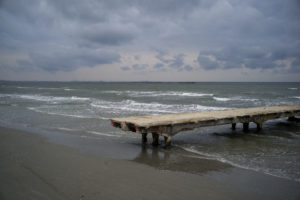
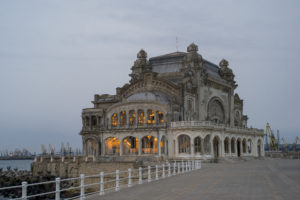

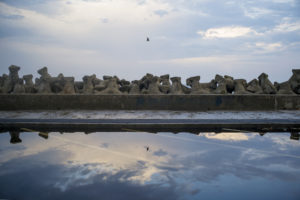

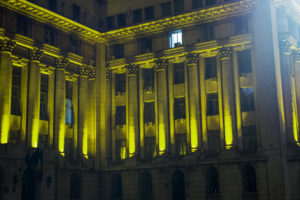
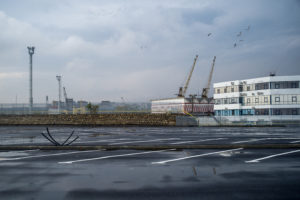
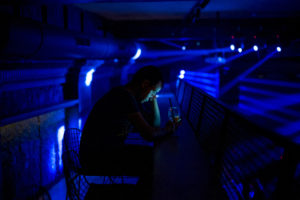
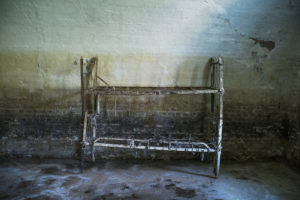
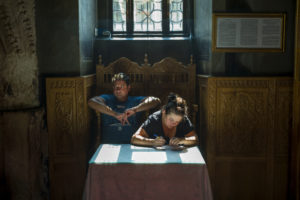
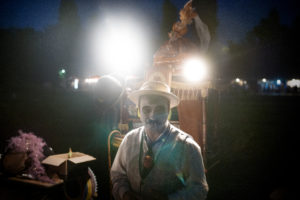
Comments (5)